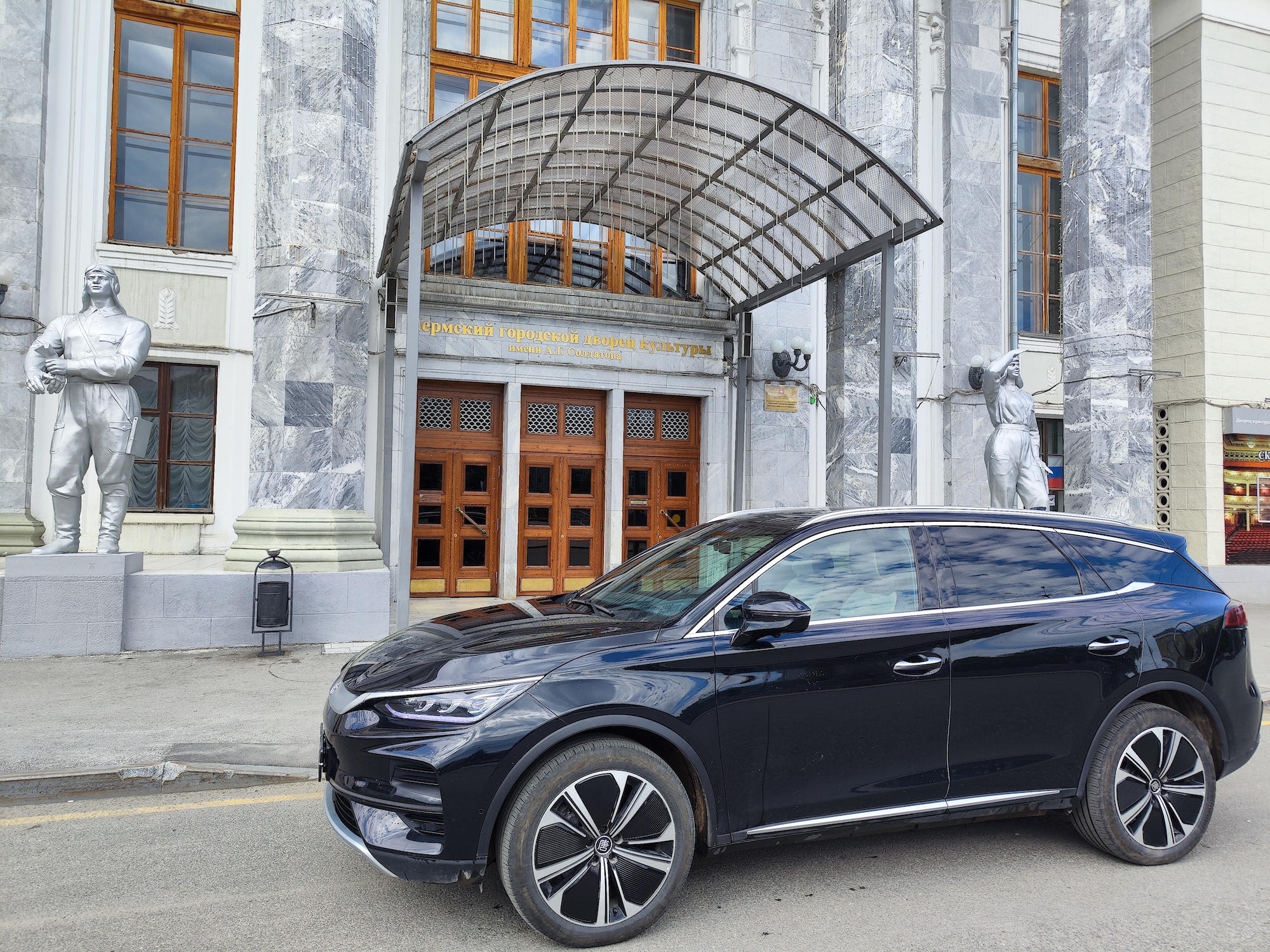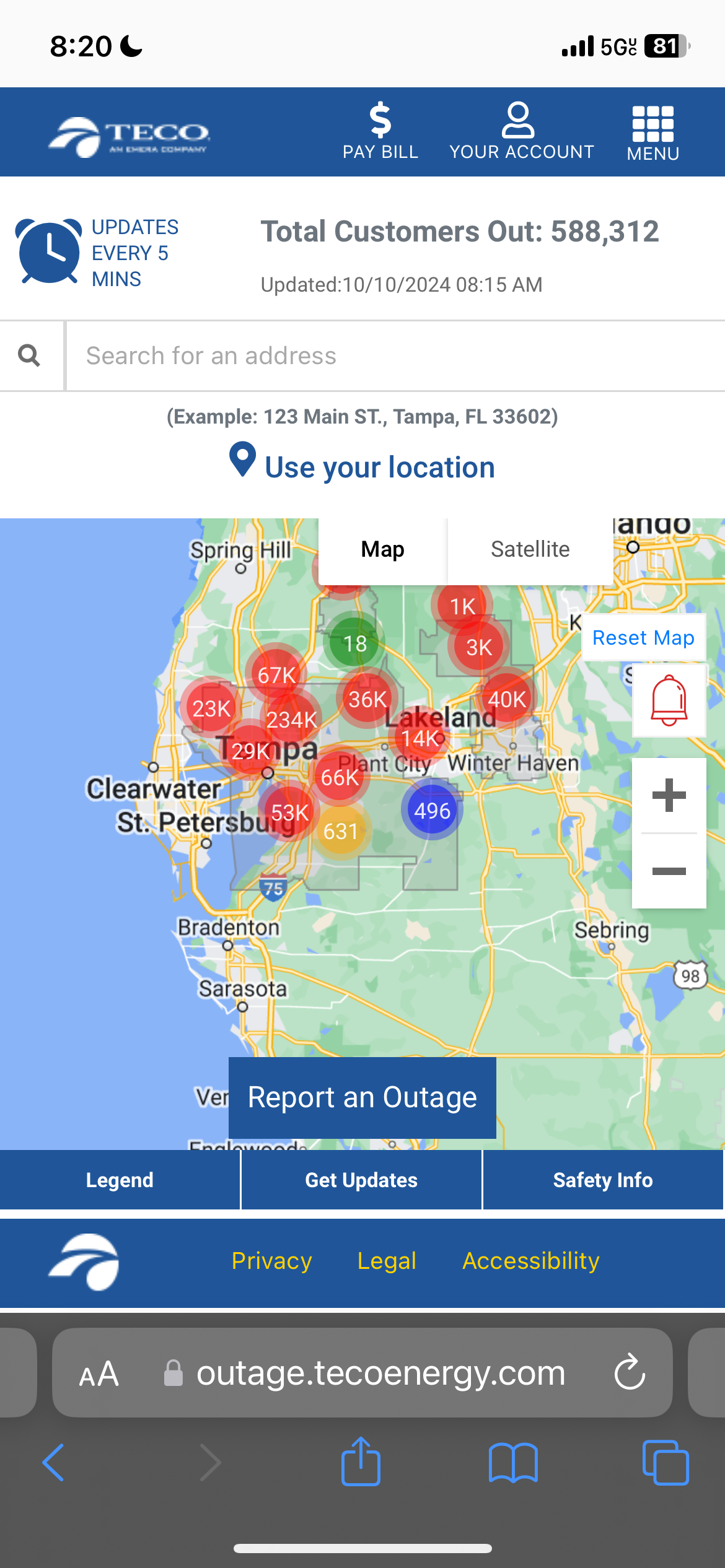Sign up for daily news updates from CleanTechnica on email. Or follow us on Google News!
Every year, AAA surveys a representative sample of US drivers to determine their attitudes about autonomous cars, such as the vehicles Waymo and Cruise have been testing in cities like Phoenix and San Francisco. This year’s survey was conducted between the 13th and 17th of January using a probability-based panel designed to be representative of the U.S. household population overall. The panel provides sample coverage of approximately 97% of the U.S. household population. Most surveys were completed online. Consumers without Internet access were surveyed over the phone.
A total of 1,140 interviews were completed among US adults 18 years of age or older, of which 949 qualified for the study. The margin of error for the study overall is 4.3% at the 95% confidence level. Smaller subgroups have larger error margins, AAA says.
The results show that while there is still a high level of interest in partially-automated vehicle technology, attitudes toward fully self-driving vehicles have become increasingly apprehensive. This year there was a major increase in drivers who are afraid, rising to 68% as compared to 55% in 2022. This is a 13% jump from last year’s survey and the biggest increase since 2020. AAA says it believes automakers must be diligent in creating an environment that promotes the use of more advanced vehicle technologies in a secure, reliable, and educational manner. This includes the consistent naming of vehicle systems available to consumers today.
“We were not expecting such a dramatic decline in trust from previous years,” said Greg Brannon, director of automotive research for AAA. “Although with the number of high profile crashes that have occurred from over-reliance on current vehicle technologies, this isn’t entirely surprising.”
 Chip in a few dollars a month to help support independent cleantech coverage that helps to accelerate the cleantech revolution!
Chip in a few dollars a month to help support independent cleantech coverage that helps to accelerate the cleantech revolution!
Can Drivers Sleep In Their Cars?
Even with advancements made in recent years, these findings suggest improvements are still needed to build public trust and knowledge surrounding emerging vehicle technology, AAA says. There is also a need to dispel confusion around automated vehicles. AAA’s survey found that nearly one in ten drivers believe they can buy a vehicle that drives itself while they sleep. Currently, there is no such vehicle available for purchase by the public that would allow someone to fully disengage from the task of driving.
This perception could stem from misleading or confusing names of vehicle systems that are on the market. This year’s survey found that 22% of Americans expect driver support systems, with names like Autopilot, ProPILOT, or Pilot Assist, to have the ability to drive the car by itself without any supervision — which clearly indicates a gap in consumer understanding.
Consumers are not entirely opposed to advanced vehicle technology. In fact, six in ten US drivers would “definitely” or “probably” want these systems in their next car purchase. Examples of ADAS include blind spot warning, adaptive cruise control, and automatic emergency braking. To address what AAA sees as misunderstandings in the public mind about what various driver assist features can and cannot do, it has created an online knowledge guide called Clearing the Confusion which provides names and descriptions of the available systems in a consistent, easy to understand way.
Active driving assistance (ADA) is also considered ADAS, however, it differs in functionality from other systems. ADA combines braking, accelerating, and steering through a combined use of adaptive cruise control and lane keeping assistance. This technology actively assists the driver versus other ADAS that only turns on when needed. ADA is also the only ADAS classified as Level 2 automation as defined by the Society of Automotive Engineers.
AAA says a fully self-driving vehicle is one that is capable of operating without human involvement. A human driver is not required to control the vehicle at any time, nor required to be present in the vehicle while moving. These vehicles are not available for purchase by consumers and are classified as Level 5 automation as defined by the SAE.
“AAA seeks to partner with automakers to create greater consistency across the industry. Together, we can help consumers understand the type of technology their vehicle has along with how, when and where to use these systems, which will ultimately build trust in the vehicles of the future,” said Brannon.
Waymo Brings Autonomous Cars To LA
Waymo started autonomous services for its employees in Austin, Texas, making it the fourth autonomous ride-hailing city after San Francisco, Phoenix, and Los Angeles. It plans to offer Waymo One to the broader public in Austin later in the year.
Riding In A Waymo Autonomous Car For The First Time
Last fall, CNBC correspondent Matt Rosoff and his son rode in a Waymo autonomous car in San Francisco. He wrote that the car pulled up with his initials on the display below the rotating lidar sensor on the roof. The door handles were flush with the side of the car until he selected the “unlock” option from the app, at which point they popped out like normal door handles.
“We both climbed in. The A/C was blowing cool air. The interior was bathed in light pink light from the iPad-sized console at the front of the back seat, and soft ambient music was playing. It definitely had a “welcome to the future” vibe. A female recorded voice gave us some instructions to fasten our seat belts and not touch the brakes or steering wheel, then it pulled into motion.
“The car performed as if a competent human were driving. It didn’t hesitate to cross the (imaginary) center line when it had to get around a parked car on a narrow street, and stuck toward the middle on a very narrow section with cars on both sides. The ride was smooth and the speed constant at just under 25 miles per hour.
“As it approached our drop-off point, the voice told us that we’d be ending our ride soon, and to touch the handle twice — once to unlock the door, a second time to open it. We did as instructed, walked out of the car, and it pulled slowly off.”
The ride itself was completely uneventful. A little boring, even. The whole experience reminded me of the way smartphones or the internet were miraculous at first, but now seem mundane.
“I was a skeptic about the promise of self-driving cars. It seemed like one of those technologies that’s been perpetually a few years away. But after taking this ride, I can absolutely see it becoming a very common way to get around for short urban trips.”
The Takeaway
There has been a lot of discussion lately about driver assistance programs and whether they work or not. We can say without fear of contradiction that people have strong opinions on this subject. New technology always makes some people fearful. There are those who still are petrified by the thought of flying, even though statistically it is much safer than walking.
The Waymo experience is hopeful, although it should be pointed out that the service is limited to certain areas where the streets and surroundings have been extensively mapped by computers. On the other hand, we have the example of a pedestrian who was dragged by a Cruise autonomous car last year in San Francisco, so clearly there are issues that still need to be resolved.
An autonomous car is basically a horizontal elevator. Eventually we will get to the point where people give no more thought to getting into an autonomous car than they do stepping into an elevator. Emphasis on eventually.
Have a tip for CleanTechnica? Want to advertise? Want to suggest a guest for our CleanTech Talk podcast? Contact us here.
Latest CleanTechnica TV Video
CleanTechnica uses affiliate links. See our policy here.





